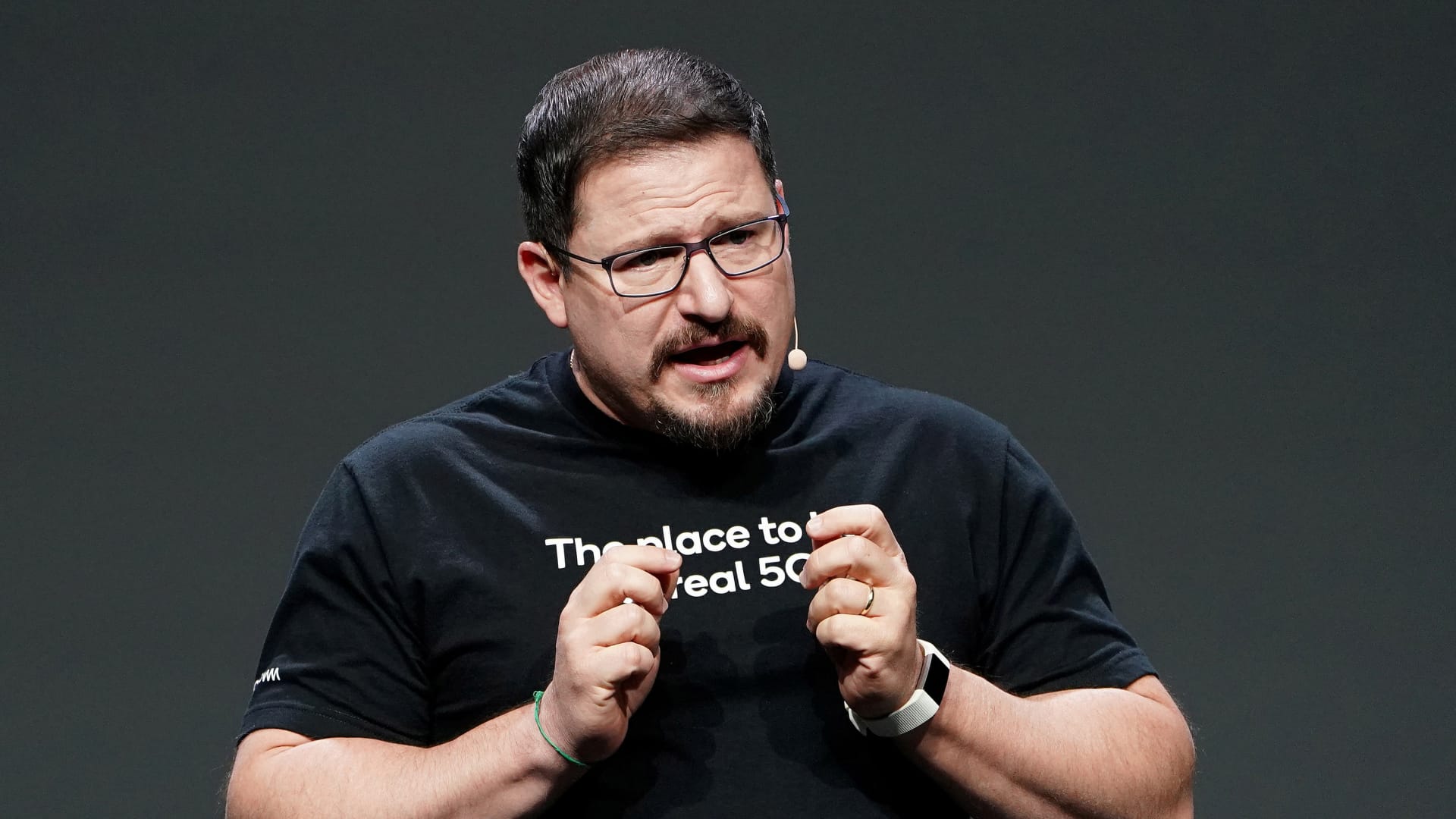US Markets
Friday, January 26th, 2024 6:11 pm EDT
Key Points
- Inflation Gauge and Economic Indicators: The Commerce Department’s release of the personal consumption expenditures (PCE) price index for December, a crucial inflation metric for the Federal Reserve, revealed a monthly increase of 0.2%, with a year-on-year rise of 2.9%, excluding food and energy. The data indicates a cooling trend in inflation as 2023 concluded. The release, considered alongside a separate report showing a much faster-than-expected 3.3% GDP growth in the fourth quarter, suggests an expanding economy and inflation potentially moving back towards the Fed’s 2% annual target.
- Policy Implications for the Federal Reserve: The evidence of inflation making progress lower provides a potential green light for the Federal Reserve to consider cutting interest rates later in the year. The central bank, which targets 2% as a healthy annual inflation rate, may use this favorable inflation dynamic to initiate a policy pivot and begin a multiyear campaign to reduce the policy rate towards a range between 2.5% and 3%. The Fed’s benchmark overnight interest rate is currently targeted between 5.25%-5.5%.
- Consumer Behavior and Spending: Despite inflation concerns, consumer spending increased by 0.7%, surpassing the estimated 0.5%. However, personal income growth edged lower to 0.3%, aligning with forecasts. The data indicates that consumers are dipping into savings to fund expenditures, with the personal savings rate falling to 3.7% from 4.1% in November. Within the inflation numbers, prices for goods declined by 0.2%, while services prices rose by 0.3%, indicating a reversal in the trend observed during the pandemic. Food prices increased by 0.1%, and energy goods and services rose by 0.3%, contributing to a nuanced understanding of the inflation dynamics.
The Commerce Department’s release of the personal consumption expenditures (PCE) price index for December, a key inflation gauge closely monitored by the Federal Reserve, revealed a monthly increase of 0.2%, with a year-on-year rise of 2.9%, excluding food and energy. While economists anticipated respective increases of 0.2% and 3%, the data indicates a cooling trend in inflation as 2023 concluded. Core inflation, excluding food and energy, increased from 0.1% in November, with the annual rate declining from 3.2%, the lowest since March 2021. Including volatile food and energy costs, headline inflation rose 0.2% for the month and held steady at 2.6% annually. The release suggests that inflation, while still elevated, is making progress lower, potentially providing the Federal Reserve with leeway to consider interest rate cuts later in the year. Market reactions were subdued, with stock futures showing a minimal change at the open and Treasury yields mostly lower.
Joseph Brusuelas, Chief Economist at RSM, interprets the data as implying that the Fed is likely to hit its inflation target in the near term, paving the way for a policy pivot with a multiyear campaign to reduce the policy rate to a range between 2.5% and 3%. The Fed’s benchmark overnight interest rate currently targets between 5.25%-5.5%. As inflation approaches the Fed’s target, consumer spending saw a stronger-than-expected increase of 0.7%, while personal income growth slightly dipped to 0.3%, aligning with forecasts. The data reveals that consumers are utilizing savings to fund expenditures, as the personal savings rate fell from 4.1% in November to 3.7% in December.
Analyzing inflation components, goods prices declined by 0.2%, while services prices rose by 0.3%, signaling a reversal in the trend observed during the pandemic. Demand for goods had surged during lockdowns, contributing to supply chain challenges and price hikes. Notably, food prices increased by 0.1%, and energy goods and services rose by 0.3%. Prices for durable goods such as appliances, computers, and vehicles decreased by 0.4%. When considered alongside the recent report showing a faster-than-expected 3.3% GDP growth in the fourth quarter, the data indicates a growing economy with inflation potentially moving back toward the Fed’s 2% annual target.
Andrew Hunter, Deputy Chief U.S. Economist at Capital Economics, views the recent data as remarkable, emphasizing the need for Fed officials to acknowledge the positive economic indicators and consider dialing back policy restrictiveness. While the public often follows the Labor Department’s consumer price index (CPI), the Fed prefers the PCE as it adjusts for shifts in consumer spending. Inflation, a persistent concern since the early days of the COVID-19 pandemic, prompted the Fed’s aggressive tightening, but with the rate cooling, expectations rise for the Fed to start unwinding its policy tightening. As of Friday morning, futures traders assigned a 53% chance of the Fed enacting its first rate cut in March, with pricing pointing to six quarter-percentage point decreases this year.
For the full original article on CNBC, please click here: https://www.cnbc.com/2024/01/26/pce-inflation-december-2023-.html




